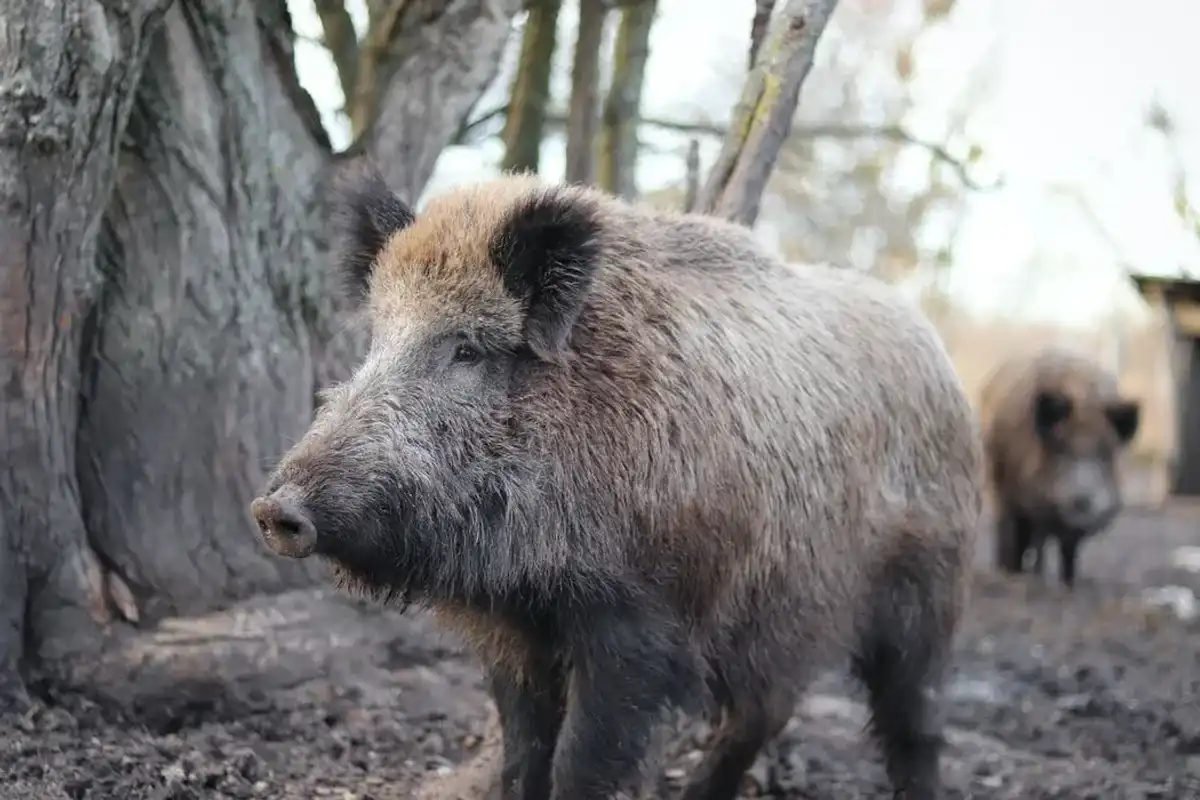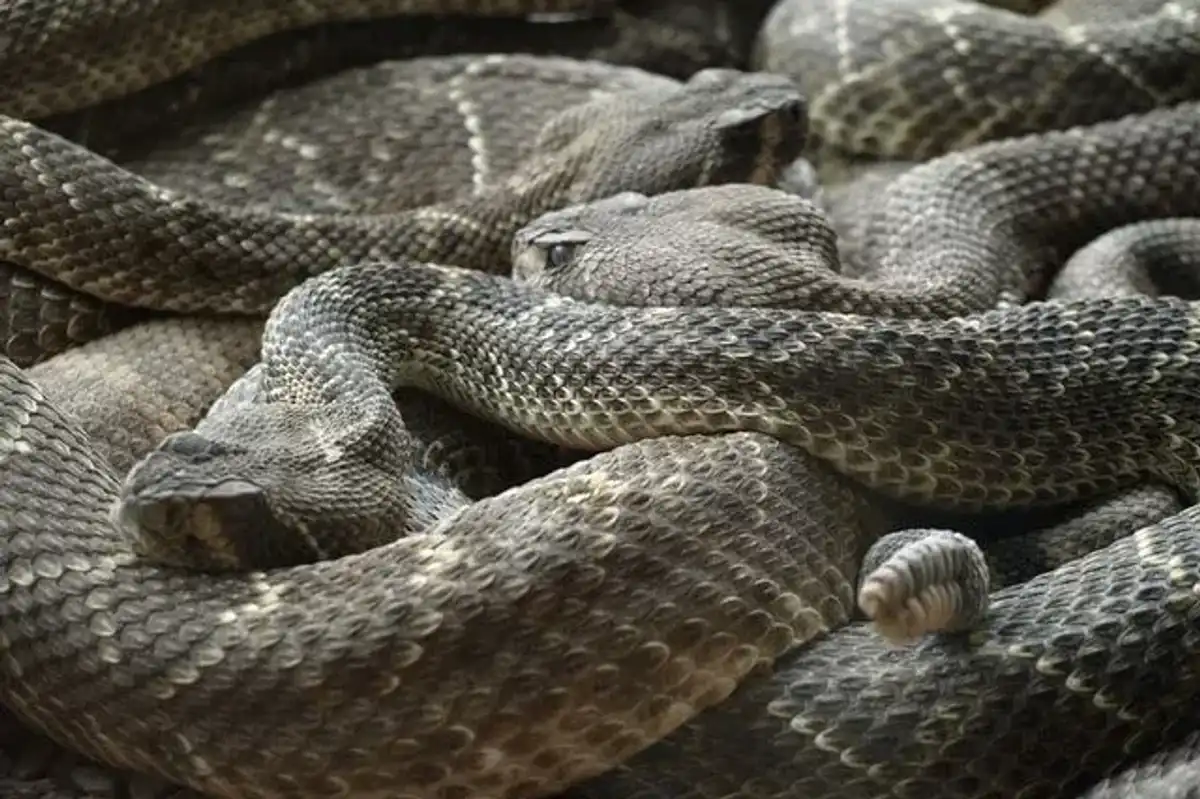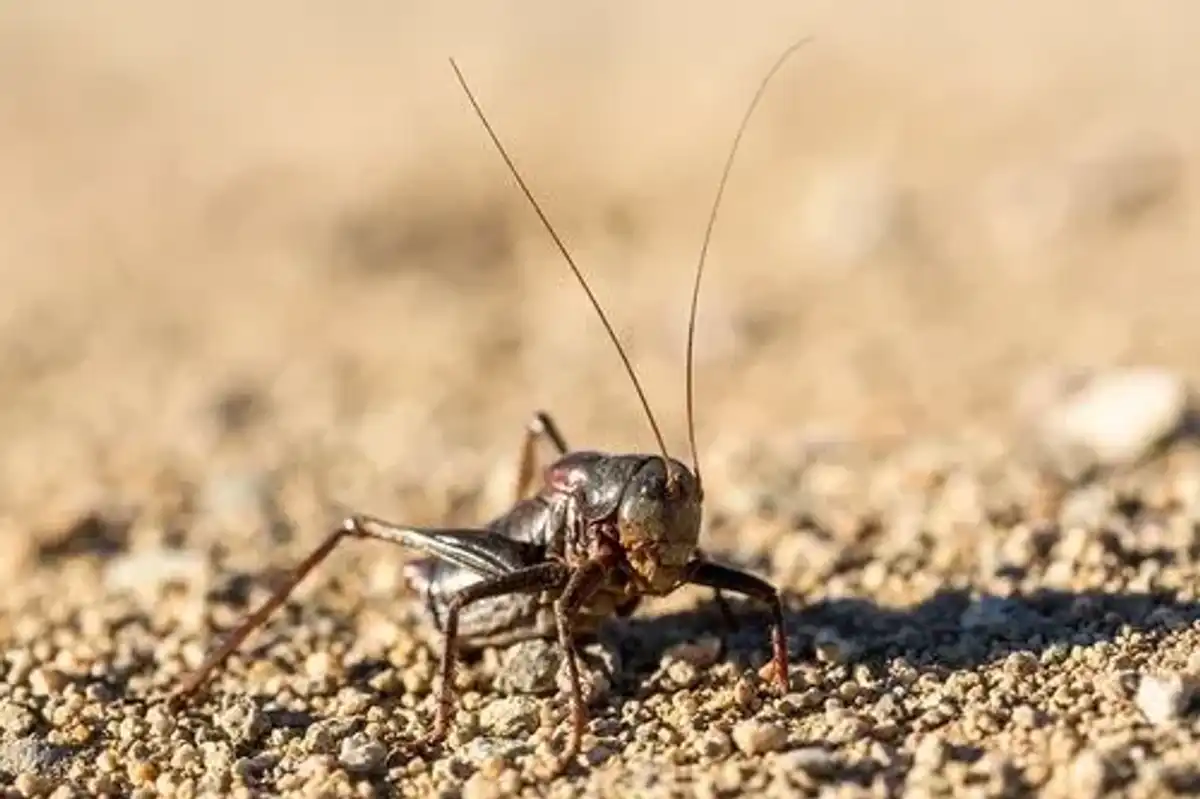About Sakshi Kashyap
An experienced content strategist, Sakshi excels in helping brands increase their organic reach and revenue streams through creative content. With a focus on lead generation and engagement, she has delivered tangible results for her clients. She is currently pursuing a Bachelor's degree in Political Science and International Relations from Calcutta University while working as a fact-checker.
Family interest
In house speciality
Education
Qualifications
- Bachelor of Arts specializing in Political Science and International relations
Recent Work
Fun Wild Boar Facts For Kids
The wild boar can be quite an interesting animal to read about. The wild boar, also known as the wild pig, is a member of the pig genus Sus scrofa, and belongs to the Suidae tribe.
The male pig, guinea pig, and a number of other mammals are referred to as a boar. Any wild member of the Sus family is often referred to as a wild boar or wild pig.
European wild pigs, hogs, or simply boars are other names for them. The wild boar is a highly adaptable species that can be found in a number of environments, eats nearly everything that will accommodate in its mouth, and might not only sprint but also float.
Their natural predators include large felines like tigers, wolves, and leopards. It grows up to 90 cm (35 in) tall at the shoulder, has bristly feathers, is grizzled, and is blackish or brown in appearance. Wild boars form a group, with the exception of old males who are solitary.
The creatures are fast, nocturnal, omnivorous, and excellent swimmers. They have sharp tusks which can be threatening, even though they are usually non-aggressive.
In this article, we have compiled all the amazing facts about a wild boar. So read on!
For more similar content, check out Malayan tiger and Borneo elephant.
Fun Western Diamondback Rattlesnake Facts For Kids
The species of snakes recognized for its notorious bites is the western diamondback rattlesnake (Crotalus atrox). The members of the Viperidae family, Crotalus atrox or western diamondback rattlesnake, are pit-vipers distributed over Central and Western Texas as well as Southern New Mexico and Arizona.
These snakes are named after the dark diamond-shaped patterns found on the back of their body. Though western diamondback rattlesnakes are highly venomous and behold a threatening ambiance, they are quite beneficial in controlling rodents.
Besides their scientific name Crotalus atrox, western diamondback rattlesnakes are also known by numerous other designations.
For instance, desert diamond rattlesnake, buzz tail, Texas diamond-back, or fierce rattlesnake. Then there is the case of the western diamondback rattlesnake, wherein due to a special pigment being missing, these snakes assume an albino color but this leads to their downfall as the albino western diamondback rattlesnake is easily visible to predators.
Some of the most interesting western diamondback rattlesnake adaptations are long, curved, hollow fangs connected with venom glands and a heat-sensing pit located behind each nostril.
In case of roused interest, browse through for some interesting western diamondback rattlesnake facts for kids. After reading the baby western diamondback rattlesnake facts, do check out our other articles on a rattlesnake and eastern diamondback rattlesnake as well.
Fun Sheep Facts For Kids
Sheep, or Ovis aries, is a mammal with a gentle personality and sweet face. It has precious white and fluffy wool, making it very popular livestock among all the cultures across the globe. This animal loves its family and hardly moves away from its flock.
With an ever-growing fleece, this animal is the friendliest. Sheep are also raised for their pelts, as well as dairy animals. These animals were the first ever to have been domesticated in history, and you can see their presence throughout the world.
They are prominent in Australia, Europe, North America, and so on. These countries predominantly practice sheep husbandry. From grasslands to mountains, you can spot sheep in any area with lush green grasses. Their favorite food being grass.
They also enjoy having hay. Occasionally they also enjoy the taste of vegetables and fruits! It is frequently thought that sheep are dumb animals. Their behavior to stay in a flock, quickness to flee, and panic-prone nature further confirms this thought. Their intelligence is believed to be below pigs.
This article includes interesting facts about sheep, fun facts about sheep, sheep facts for kids. After finishing this article, you will have knowledge about types of sheep, sheep wool, sheep horns, sheep sound, sheep eye, Shropshire sheep, herd of sheep, sheep cheese, sheep milk, Suffolk sheep, white sheep.
If you find this article fascinating, do check out our other animal facts on the Alpine Ibex and the reindeer.
Fun Seal Facts For Kids
Seals (family Phocidae) are more commonly known as Pinnipeds. They are distributed widely and have a diverse clade of carnivorous, fin-footed, marine mammals that are semiaquatic.
There are around 33 species that are extant of the seals and around 50 species that have been described from fossils. They differ in size and weight according to the different types of species. Some of the most widely found seal sub-species are leopard seal, elephant seal, baby seal, harp seal, Arctic seal and several others.
Their four limbs are modified into flippers, and they have streamlined bodies. They are not as fast as dolphins, but they have bodies that are more flexible and agile.
Fur seals are known to have senses that are very well developed, and their eyesight and hearing are adapted to both air and water.
Their body has a layer of fat which helps them in the cold water. They prefer to spend most of their time in the water and come ashore to mate, give birth or molt and escape from their predators.
Here are some interesting seal facts for you. After reading these seal animal facts, do check out our other articles on leopard seal and water vole.
Fun Pelican Facts For Kids
Pelicans are distinguished by their large colorful bills and large elastic throat pouches. These species of birds are found near fishing ports, estuaries, along coastlines, bays in many parts of the world, particularly in the Caribbean Islands and Central America.
The pelican diet mainly consists of fish, which they catch by scooping them up from shallow water by using their extensible throat pouch. Pelicans have also been noted to eat other small birds.
Pelicans have been found in European legends and stories which talk about their great sacrifice to rear their offsprings. As a result of these legends, these species of birds are generally associated with love, sacrifice, and motherhood.
Pelicans sleep on land either by resting on their breast and stomach or while standing on both their feet. They tilt their beaks towards the side and rest their heads sideways on their shoulder.
If you like this article and want to read more about animals, read these interesting animal-related articles on the ostrich and the emu.
Fun Mormon Cricket Facts For Kids
The Shield-Backed Katydid also called the Mormon Cricket, belongs to the Tettigoniidae family. The Binomial name of a Shield-Backed Katydid is Anabrus simplex (Haldeman, 1852). This insect got its common name after populations of thousands of Katydids unexpectedly assaulted the Mormon settlers' first crops in Utah in 1848.
Luckily, numerous California gulls showed up on schedule to eat up the crickets and save the plants and agriculture. California gulls came to the rescue! The Miracle Of The Gulls, the 1848 occasion of Utah, is regularly credited by Latter-day Saints ('Mormons') for saving the Mormon pioneers' second rendezvous in the Salt Lake Valley.
These migrating bands live all over western North America (lands filled with sagebrush and forbs) while their populations increase and decrease to a large extent in Washington, Montana and, Wyoming. Flightless, Shield-Backed Katydids feed on plants like small grains and horse feed. They move from pastures to crop fields during flare-up years.
Although it is a flightless insect, it is equipped to fly as many as two kilometers per day in its swarming stage. Mormon Cricket is a large insect that resembles the lifestyle of grasshoppers (with variable shading).
The general skin tone is known to be dark brown, red, purple, or green. The 'shield' behind the head tends to have hued markings, while the mid-region may seem striped.
On the other hand, females have a long ovipositor (egg-layer), which is not to be confused with a stinger. Both adults have long reception apparatuses and might also go through morphological changes set off by high populace densities, like those found in beetles.
During the migration hour, the migrating bands of Mormon Crickets travel extensively in search of food and shelter.
If you like reading this particular article, then you must also give a read to yellow jacket wasp and mud dauber wasp.






